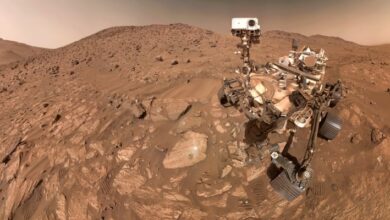The world’s largest nuclear fusion rocket engine is being built

Nuclear fusion technology has the potential to revolutionize space travel, both in terms of speed and fuel use. This source of power to the Sun could cut journey times to Mars in half, or make a trip to Saturn and its moons take two years instead of eight.
Rocket engine company Pulsar Fusion, a UK-based start-up, has begun building the largest fusion rocket engine ever.
Nuclear fusion technology is incredibly exciting, but not everyone is convinced it will work.
Because this technology needs ultra-high temperatures and pressures to work.
The approximately 8-metre-long engine is scheduled to start firing in 2027.
As you can imagine, replicating the Sun inside a rocket isn’t easy.
At the heart of the nuclear fusion drive is an extremely hot plasma trapped inside an electromagnetic field, and scientists continue to explore how to do it stably and safely.
“The challenge is learning how to contain and confine superhot plasma within an electromagnetic field,” says James Lambert, CFO of Pulsar Fusion.
Machine learning can help make mapping this compelling airbox a little easier.
Pulsar Fusion has partnered with Princeton Satellite Systems in the USA to use supercomputer algorithms to better predict how the plasma will behave and learn how it can be more precisely controlled.
If scientists can get everything to work as intended, the room will reach several hundred million degrees, making it hotter than the Sun.
The excess energy released could potentially provide a rocket speed of 804,672 kilometers per hour.
The specific type of engine we’re talking about here is Direct Fusion Propulsion (DFD), where charged particles create a direct thrust instead of being converted into electricity.
It is more efficient than other options and does not need a huge fuel load as it is powered by atomic isotopes.
In addition to making round-trip voyages to the planets much shorter, nuclear fusion also promises to provide nearly unlimited, clean energy for life on Earth.






